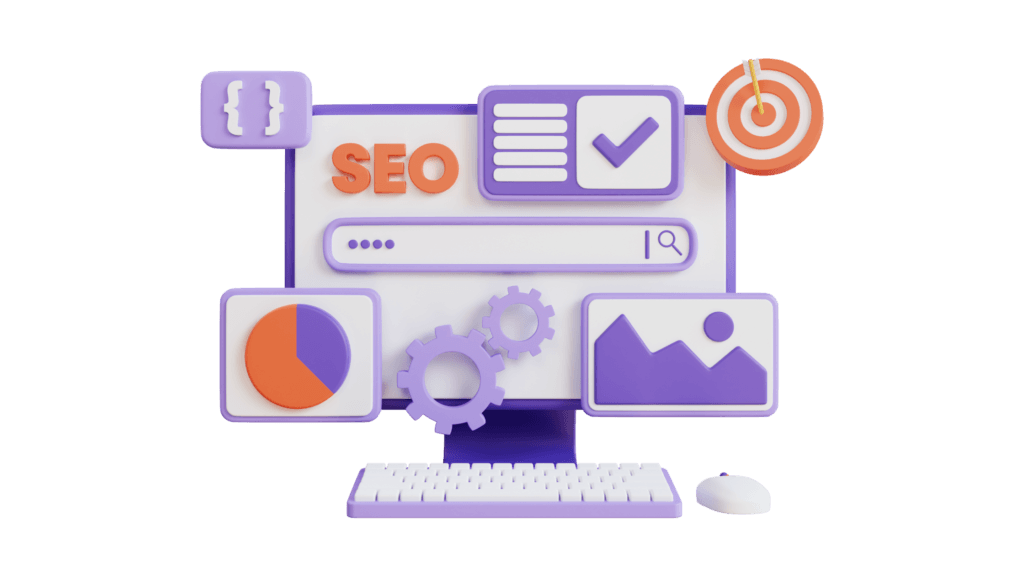In today’s digital landscape, small businesses face the challenge of standing out in a crowded marketplace. With consumers increasingly turning to search engines to find local services, mastering Local SEO (Search Engine Optimization) has never been more crucial. This guide will walk you through the essential strategies and techniques to enhance your local online presence, attract more customers, and ultimately grow your business.
Understanding Local SEO
Local SEO is the practice of optimizing your online presence to attract more business from relevant local searches. Unlike traditional SEO, which focuses on broader search terms, local SEO targets specific geographic areas. This means that when someone searches for a service or product in their vicinity, your business is more likely to appear in the search results.

Why Local SEO Matters
- Increased Visibility: With more people using mobile devices to search for local businesses, optimizing for local search can significantly increase your visibility.
- Targeted Traffic: Local SEO helps you attract customers who are ready to make a purchase, as they are often searching for immediate solutions.
- Competitive Advantage: Many small businesses overlook local SEO, giving those who do invest in it a significant edge over competitors.
Key Components of Local SEO
1. Google My Business (GMB)
One of the most critical tools for local SEO is Google My Business. This free tool allows you to manage how your business appears on Google Search and Maps.
Setting Up Your GMB Profile
- Claim Your Listing: If you haven’t already, claim your business on GMB.
- Complete Your Profile: Fill out all relevant information, including your business name, address, phone number, website, and hours of operation.
- Add Photos: High-quality images of your business can attract more customers and improve engagement.
The Role of AI in Revolutionizing Digital Marketing
2. Local Keywords
Identifying and using local keywords is essential for optimizing your website and content.
How to Find Local Keywords
- Use Keyword Research Tools: Tools like Google Keyword Planner or Ubersuggest can help you find relevant local keywords.
- Analyze Competitors: Look at the keywords your competitors are ranking for and consider incorporating similar terms.
Implementing Keywords
- Website Content: Use local keywords naturally in your website content, including service pages and blog posts.
- Meta Tags: Include local keywords in your title tags and meta descriptions to improve search visibility.
3. On-Page SEO
On-page SEO refers to the optimization of individual web pages to rank higher and earn more relevant traffic.
Key On-Page Elements
- Title Tags: Ensure your title tags are descriptive and include local keywords.
- Header Tags: Use H1, H2, and H3 tags to structure your content and include keywords where appropriate.
- Local Content: Create content that speaks to local events, news, or activities to engage your community.
4. Online Reviews
Online reviews play a significant role in local SEO. They not only influence potential customers but also impact your search rankings.
Encouraging Reviews
Respond to Reviews: Engage with customers by responding to both positive and negative reviews. This shows that you value their feedback.
Ask for Feedback: After a purchase or service, kindly ask customers to leave a review on Google or Yelp.
5. Local Citations
Local citations are mentions of your business on other websites, directories, or social media platforms. Consistency is key.
Building Citations
- List Your Business: Ensure your business is listed on popular directories like Yelp, Yellow Pages, and local chamber of commerce websites.
- Maintain Consistency: Keep your business name, address, and phone number (NAP) consistent across all platforms to improve credibility.
Key Metrics to Monitor
Keyword Rankings: Regularly check your rankings for local keywords to see if your efforts are paying off.
Google Analytics: Use Google Analytics to track website traffic, user behavior, and conversion rates.
GMB Insights: Monitor how customers find your GMB listing and what actions they take.
Conclusion
Local SEO is an invaluable tool for small businesses looking to thrive in their communities. By optimizing your online presence through Google My Business, local keywords, on-page SEO, online reviews, and local citations, you can significantly enhance your visibility and attract more customers.

